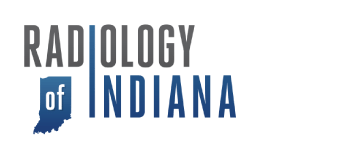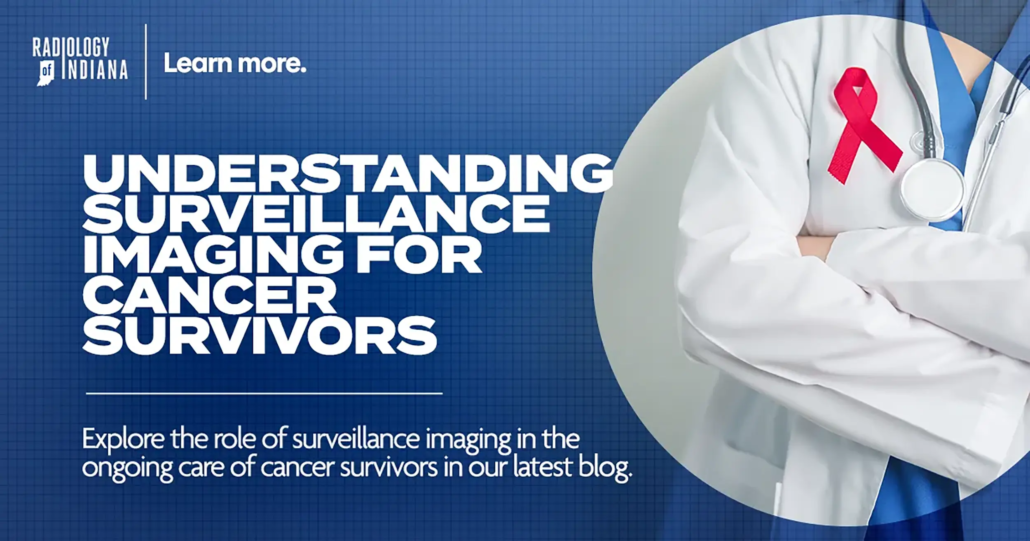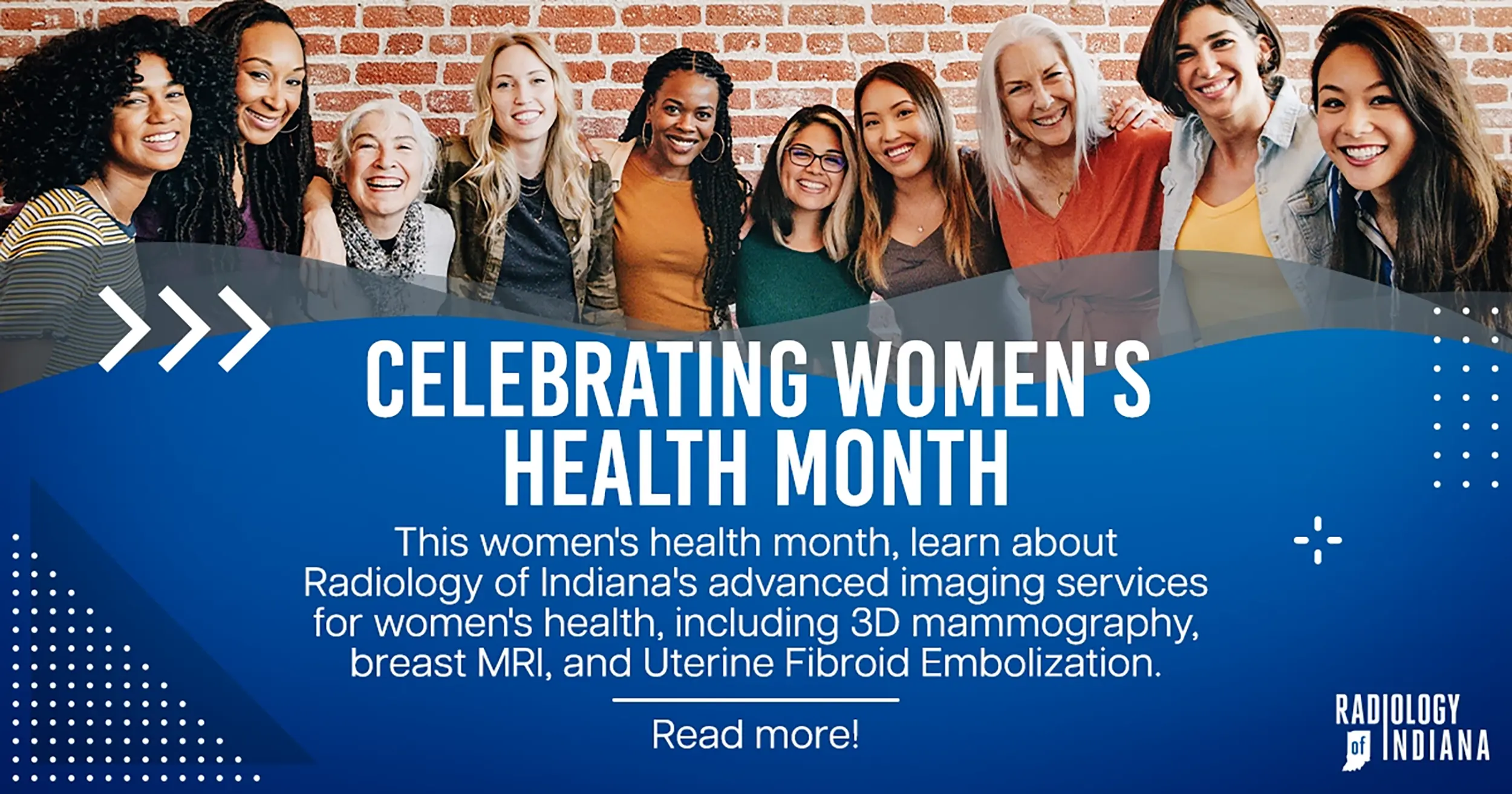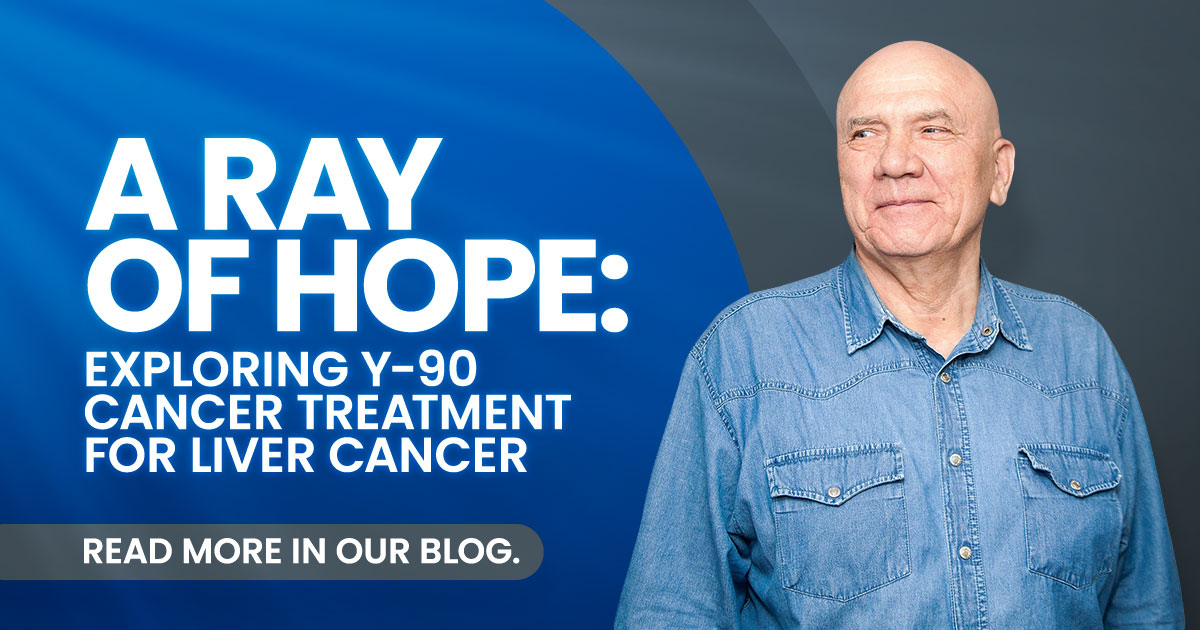Understanding Surveillance Imaging for Cancer Survivors
Surviving cancer doesn’t stop at remission. It is a journey marked by incredible strength, resilience, and hope. As survivors move beyond active treatment, a new phase begins: surveillance. For cancer survivors, understanding the ongoing role of imaging in their long-term health is critical. At Radiology of Indiana, we are dedicated to partnering with you on this journey, providing the advanced imaging services essential for vigilant monitoring and peace of mind.
Why is Surveillance Imaging Important for Cancer Survivors?
After completing cancer treatment, many survivors wonder what comes next. While the goal is remission, the body can sometimes retain microscopic cancer cells or develop new issues related to previous treatments. Surveillance imaging is a proactive approach, utilizing advanced diagnostic tools to:
- Detect Recurrence Early: The primary goal is to catch any potential return of cancer at its earliest, most treatable stage.
- Identify New Cancers: Survivors have a 16% greater risk of developing new primary cancers, sometimes unrelated to their initial diagnosis.
- Monitor Treatment-Related Complications: Imaging can help assess and manage potential long-term side effects or complications from previous cancer therapies.
- Provide Peace of Mind: Regular check-ups and imaging can offer reassurance, allowing survivors to move forward with greater confidence.
Early detection through consistent surveillance imaging is a cornerstone of effective long-term care, offering the best chance for successful outcomes.
The Role of Advanced Imaging in Cancer Surveillance
At Radiology of Indiana, we offer a comprehensive suite of advanced imaging services tailored to the specific needs of cancer survivors. Our state-of-the-art technology and experienced radiologists ensure accurate and timely results, guiding your healthcare team in making informed decisions.
Here are some of the key imaging modalities utilized for cancer surveillance:
- Computed Tomography (CT): CT scans are invaluable for surveying various parts of the body for signs of recurrence or new lesions. They provide detailed cross-sectional images, making them highly effective for monitoring the chest, abdomen, and pelvis, especially for specific cancer types.
- Magnetic Resonance Imaging (MRI): Known for its exceptional soft tissue contrast, MRI is frequently used in cancer surveillance for areas like the brain, spine, breast, and prostate. It can detect subtle changes that might not be visible on other imaging tests, without using ionizing radiation.
- Nuclear Medicine: This specialty uses small amounts of radioactive materials to diagnose and determine the severity of a variety of diseases, including many types of cancers, heart disease, gastrointestinal, endocrine, neurological disorders, and other abnormalities within the body. It helps evaluate organ function and identify areas of increased metabolic activity, often associated with cancer cells.
- PET Scanning (Positron Emission Tomography): Often combined with CT (PET/CT), PET scanning is a powerful tool for detecting cancer recurrence or spread throughout the entire body. It works by identifying areas with increased metabolic activity, a hallmark of rapidly growing cancer cells.
Each imaging modality provides unique information, and your oncologist will recommend the most appropriate scans based on your specific cancer type, stage, and individual risk factors.
Your Partner in Cancer Surveillance
At Radiology of Indiana, we understand the unique journey of cancer survivors. Our team of board-certified radiologists, highly trained technologists, and compassionate staff are committed to providing the highest quality imaging services in a comfortable and supportive environment. We work closely with your referring physicians to ensure seamless care coordination, providing precise diagnostic information that supports your ongoing health and well-being.
During Cancer Survivors Month and throughout the year, we encourage all survivors to stay vigilant with their recommended follow-up care, including surveillance imaging. Taking an active role in your health journey is empowering, and Radiology of Indiana is here to support you every step of the way. Learn more about our comprehensive imaging services.






